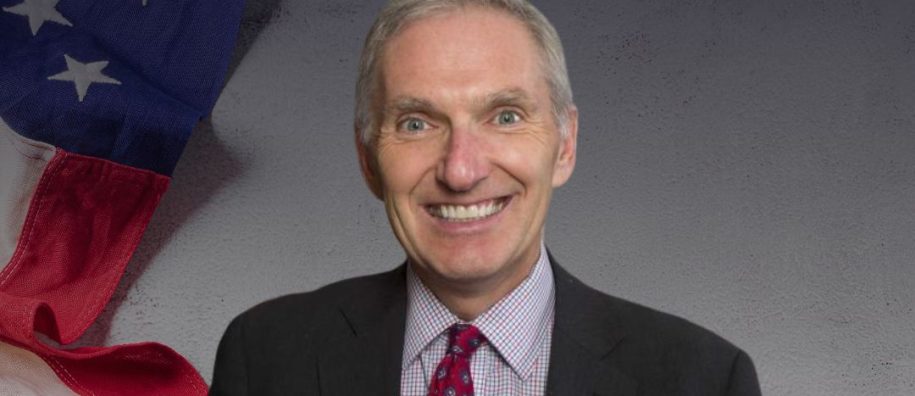
David Schultz, professor of political science at Hamline University, visiting lecturer at Mykolas Romeris University (MRU) and member of the MRU LAB Justice Research Laboratory
With barely a week before the US presidential election on November 5, Donald Trump and Kamala Harris are tied. According to the most recent polls, the election is too close to call.
The national public opinion polls in the United States indicate that Trump and Harris are essentially tied, with barely two to three percent of the voters undecided. But remember, the United States does not elect presidents by the national popular vote, but instead it is the Electoral College, where it is a fifty-state race to get to 270 electoral votes.
But even in the Electoral College, Trump and Harris are tied, both candidates have their safe states, leaving the election down to a handful of swing states which will decide the election. These states are Arizona, Georgia, Michigan, Nevada, North Carolina, Pennsylvania and Wisconsin. The race is coming down to how approximately 150,000 to 200,000 voters in these few swing states will vote. But the presidential race coming down to these few voters in these few states is not new.
Two years ago, public opinion polls suggested that a Joe Biden Donald Trump race would be very tight, and they were tied in the national popular vote and in the swing states vote. Even this year through June, Biden and Trump were tied. It was only after Joe Biden's bad presidential debate performance in June and subsequent events, including his replacement with Kamala Harris, two assassination attempts on Trump and national conventions, was there any shake up in the polls.
But where we are now is back to this incredible stability and polarization in American politics, where the voters are nearly evenly divided between Trump and Harris.
The issues remain the same. The economy is the top issue, closely followed by immigration and security of the US southern border. For Democrats, especially women, it is abortion and the reproductive rights issue. For some, especially younger voters under the age of 30, the Israeli Gaza war. The latter could be an important factor influencing their vote, especially in a state like Michigan, which has a high concentration of Arab Americans. Surprisingly, Ukraine and European security is low on the list of issues that seem to be moving American voters.
As the election winds down, there does not appear to be much that either Trump or Harris can do to change the mind of voters. Minds have been made up, and really the question is now, can each deliver their base and get out the vote. Already early voting has been taking place across the United States with no discernible patterns regarding whether it is favoring either of the candidates. Unlike four years ago, where Trump discouraged early voting, he is now encouraging it, thereby making it more difficult to predict.
Right now, the election may come down to how voters under the age of thirty act. It is possible that these younger voters are not easily captured in polls, and therefore may not be reflected in any surveys. The fact that Trump in some polls is ahead behind, others may indicate few shy Trump voters. But young voters are hard to count or poll. If these younger voters show up in the swing states, Harris probably wins the election, but if they do not, she probably loses.
This explains why music star Taylor Swift's endorsement of Harris may be important. While celebrity endorsements generally are insignificant. Taylor Swift may be different, and there is evidence that she may be moving young female voters to show up on November 5.
It is not entirely impossible, yet again, for Trump to win the electoral college and lose the popular vote. Right now, he still looks like he's a slight favourite. Harris, in the closing days of the election, has a lot of work to mobilize these young voters in these swing states If she expects to win.